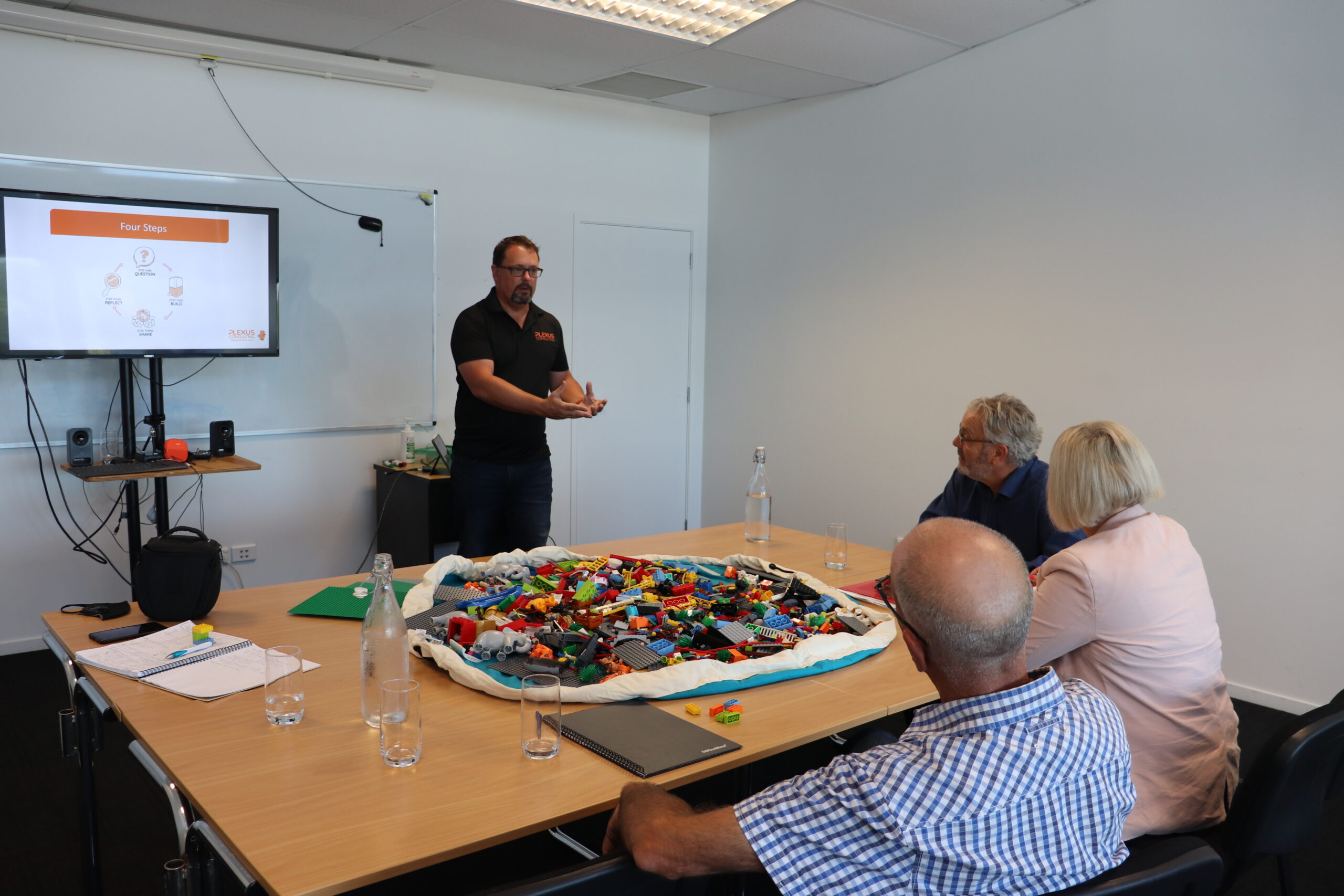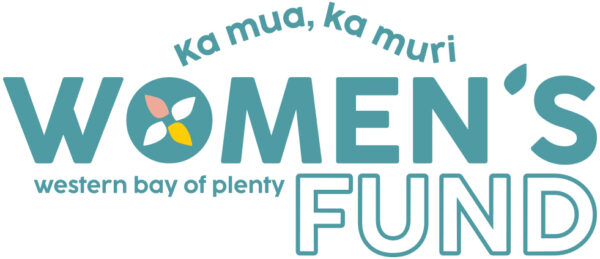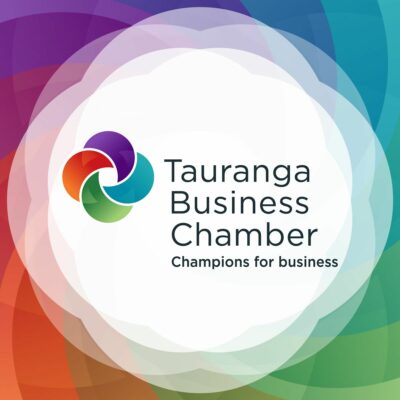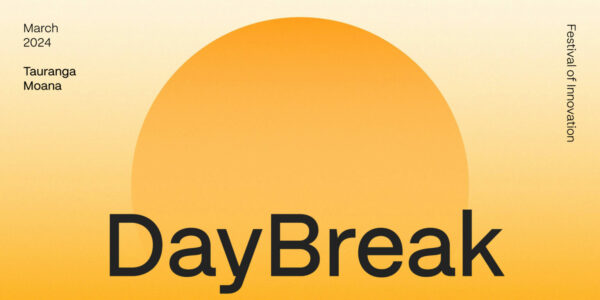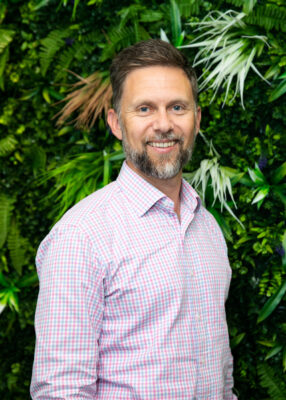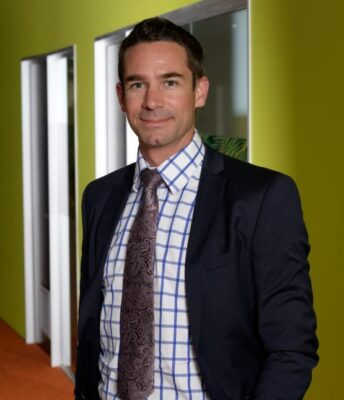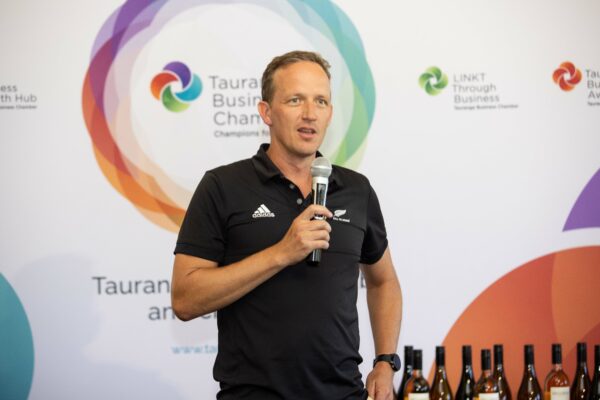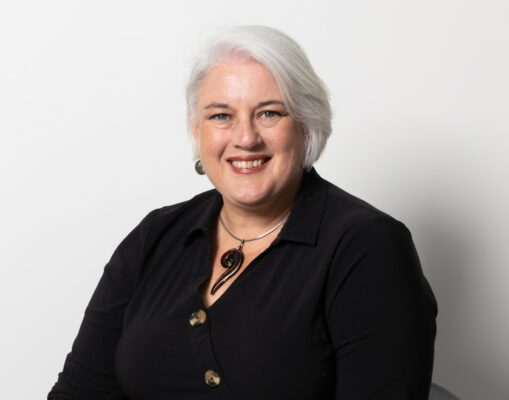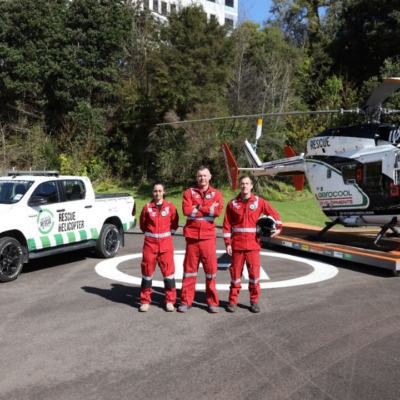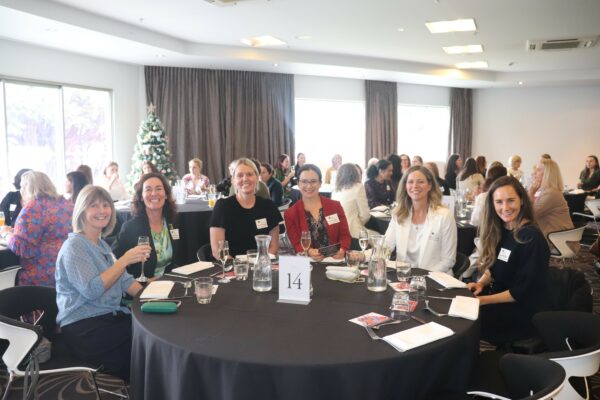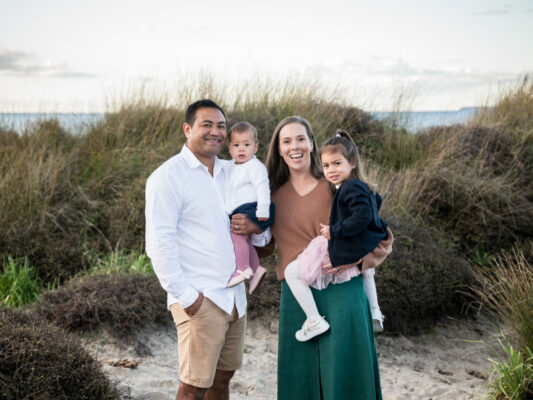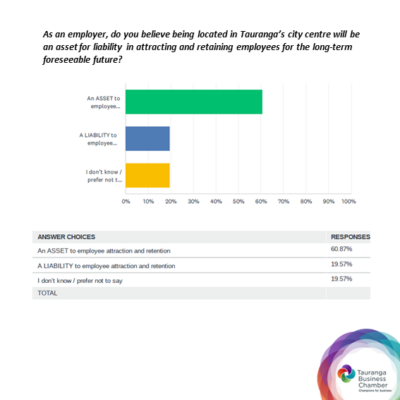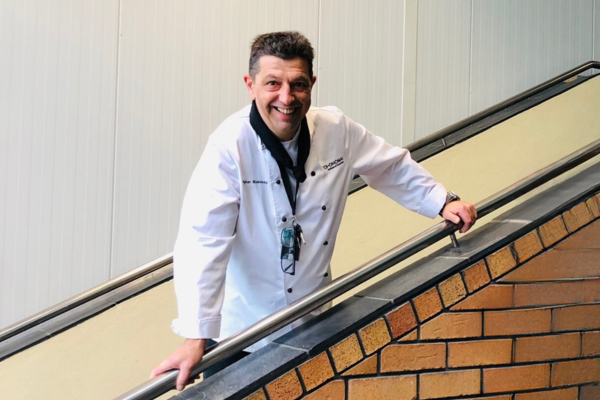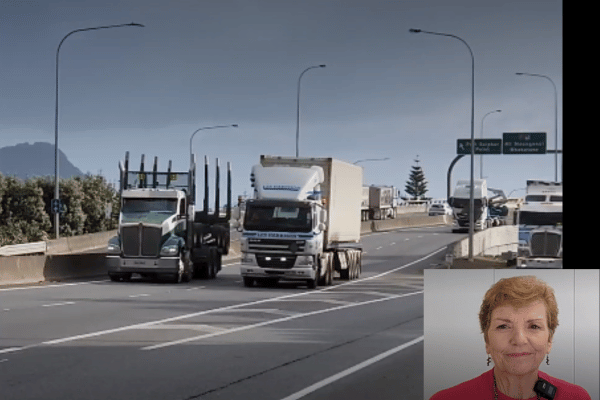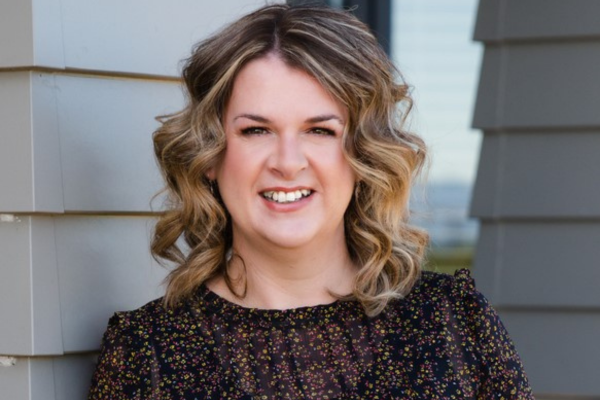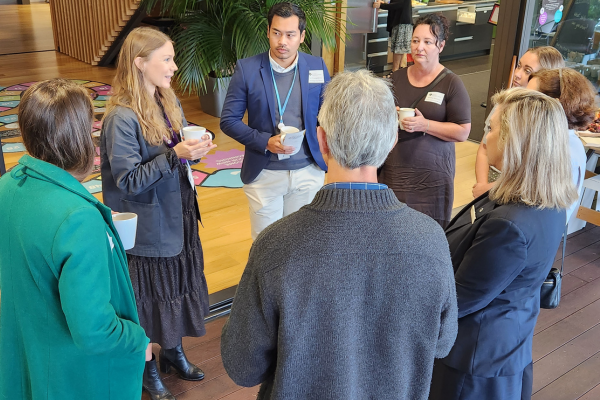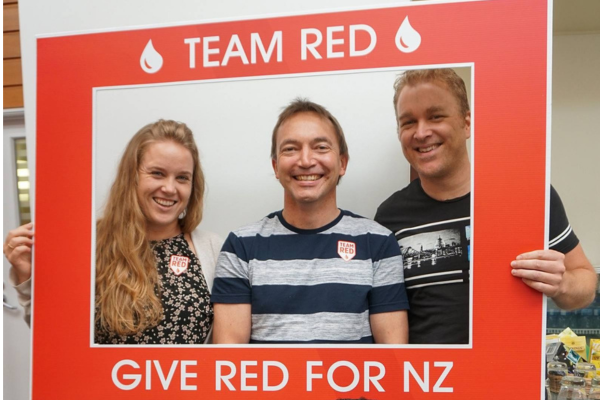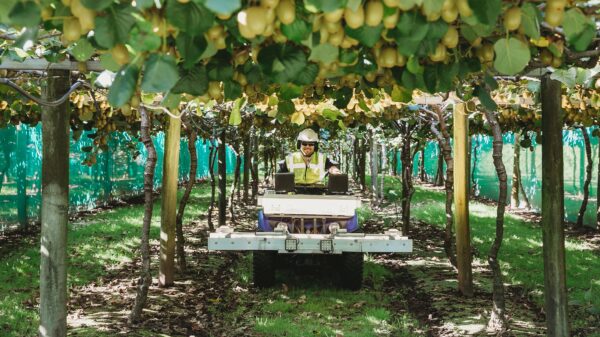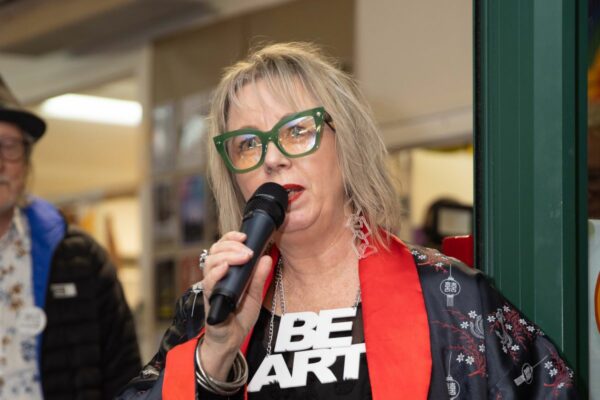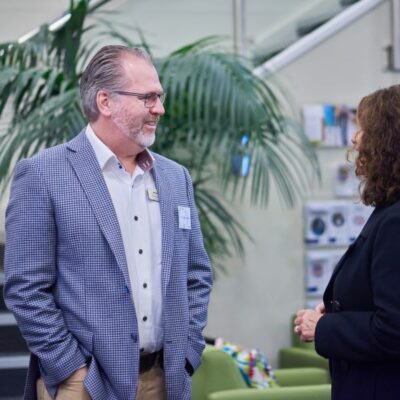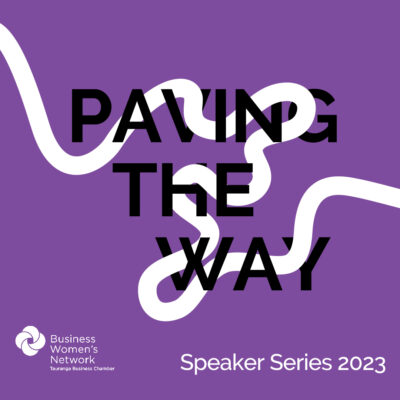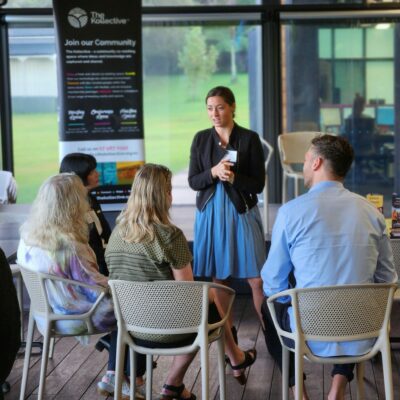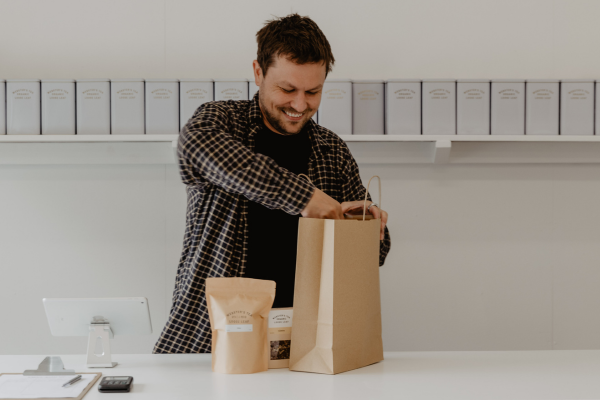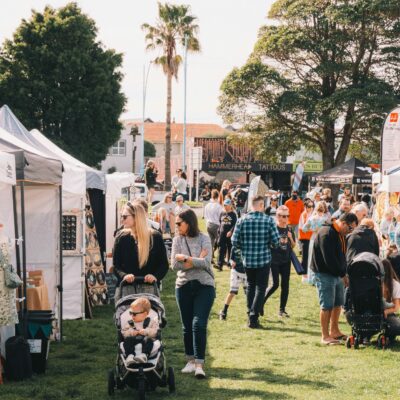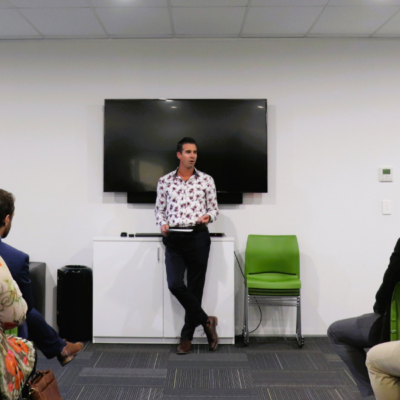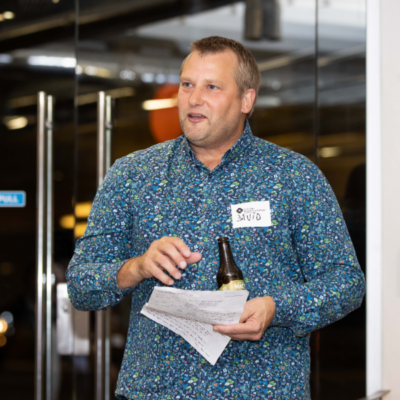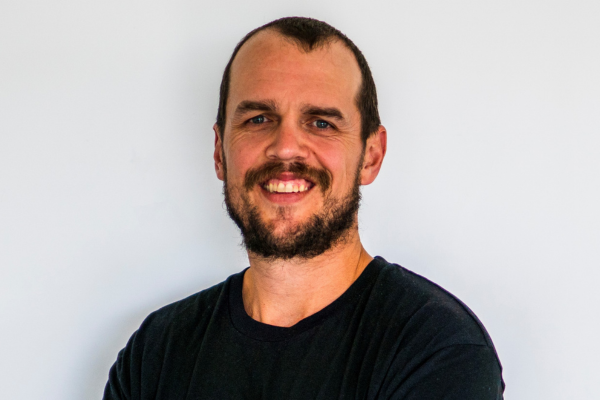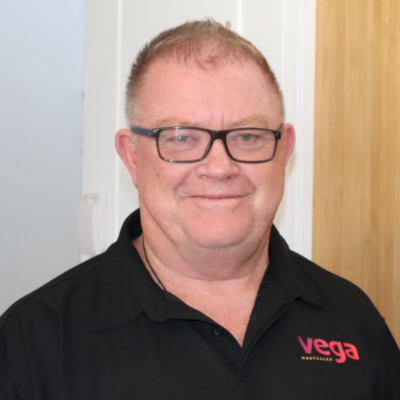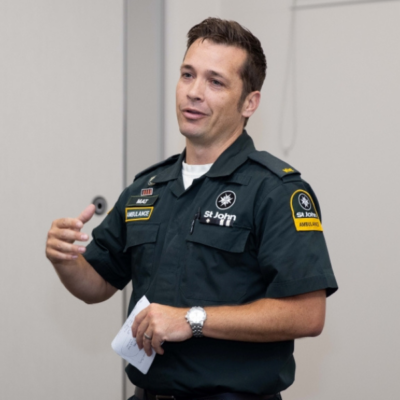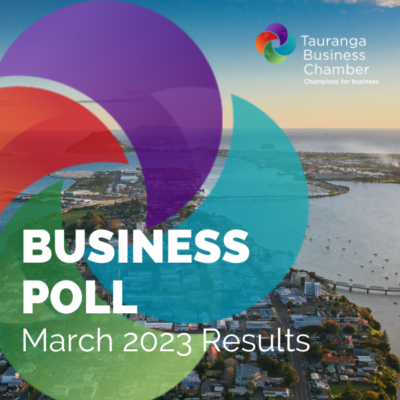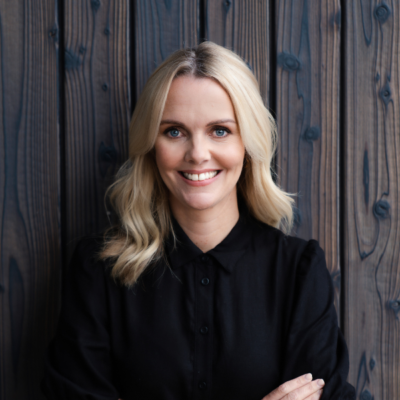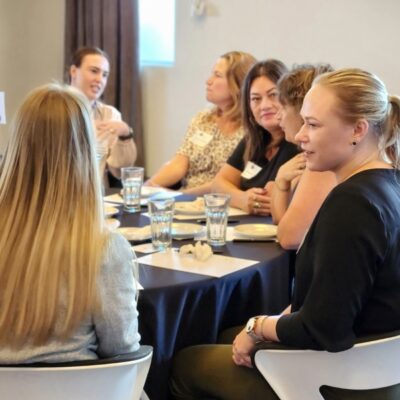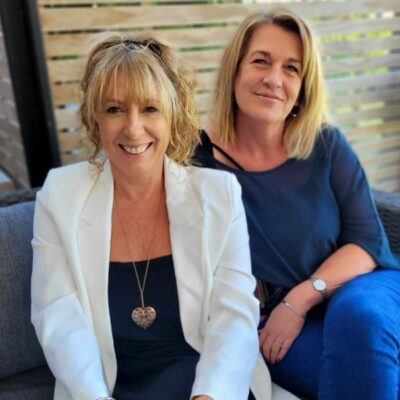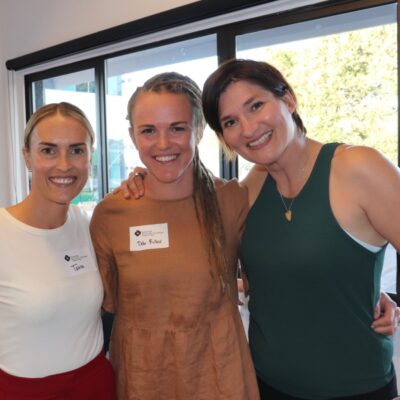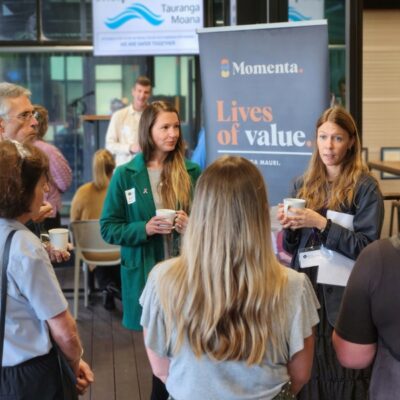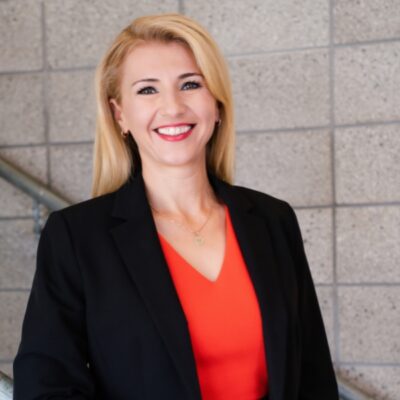How does ‘playing’ with LEGO® help support effective communication among teams and better alignment of a team’s goals?
Members of our team recently found out when we had a hand’s on session with LEGO® Serious Play® facilitator and Lean consultant Rob Bull from Plexus Consulting.
As well as a bit of fun creating stories with LEGO®, there is – as the title suggests – a serious reason to use LEGO® as a tool for bringing teams together. Following our mini workshop with Rob, we asked him to explain how LSP works and why it is so good for businesses.
The process of a basic LEGO® Serious Play® (LSP) workshop follows the same pattern: A group is first asked an open-ended question by a trained facilitator. Then, each person responds by building a model that represents their answer, the blocks are used in metaphors and contribute to their story.
Once the build is complete (usually 7 – 10 minutes), each person is given time to tell their story, their interpretation to the original question. The final stage is all about clarification and seeking to understand, ensuring everyone’s perspective is heard.
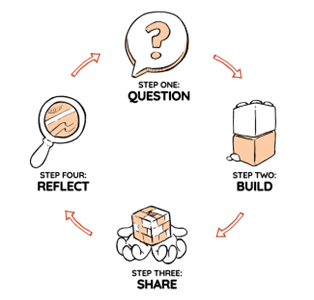
That is it, pretty simple right? So why does LSP work so well?
Humans are interesting creatures, more so when we begin to interact with each other. There are all sorts of rules, body language, social cues that go on when we gather as a group. I am not an expert in this area, but I appreciate it enough to be aware that these challenges multiply when these interactions occur in a work setting. This introduces an additional set of ‘rules’. Power dynamics really kick in, experience, seniority, politics – all of these have the ability to bias the interactions, the discussions, the outcomes.
In this context, let’s reflect on a typical meeting in a business. A room filled with whiteboards, post it notes, written agendas and maybe a resemblance of structure about how people are going to interact. Typically, it becomes a ‘survival of the fittest’. The ideas from the strongest wins. We see ideas in the form of words stuck up on a wall. These are generally the cliche answers, people saying what they think they should be saying. Conforming to all those social norms. New ideas, if they make it to the table, can easily be put aside if people are not given the opportunity to explain them in detail.
In all of this, well we have become all too serious (yes, pun intended).
The above scenario might be a bit generalised, but we all can recognise the situation. Unfortunately, as adults, we have structured out our creativity, how we learned, explored as a child. We have created this artificial world of behavioural norms in a business setting.
Why LSP works is in the title: Play. When teams sit down to an LSP session, we create an environment that is relaxed, fun and safe. This creates a space that supports creativity and idea formation. The same type of situation is why we get all our good ideas in the shower or mowing the lawns.
Already the typical meeting process is changing. This results in a greater change to achieve a different, more creative outcome. As children, we learned through play. It enables better thinking, interpersonal and intrapersonal skills. It becomes a process that is focused on exploring what is working, looking for the positives rather than reflecting on historical issues and problems.
LSP takes this knowledge and uses a well-designed process to incorporate these ideals in a business setting. If we can explore, seek what works, and be active in this process, there is a greater chance we will achieve a wider range of ideas and solutions to the problem being focused on. In this way, LSP improves the group dynamics – using auditory (user stories), visual (individual builds) and kinaesthetic skills. All of a sudden, everyone has a voice.
Yes LSP is fun, it does use LEGO® and it utilises play to create a safe environment. Yet there is a very serious side to why it works, why it is a powerful tool for individuals and teams to explore issues facing them. It provides a chance to think differently, have better conversations and create clarity as a team.
This is all well and good, but what can LSP be used for?
As long as you have an open question that you want to explore with your team and you don’t have a predetermined answer, LSP will support the team exploration of the subject.
This means LSP is suitable for almost every scenario. Every team has a different goal, objective and motive to use LSP to facilitate their conversations. Understanding the desired outcomes is key to setting up a successful process.
A question such as, “What does excellence look like for the next 12 months” is a great starter for teams to start their annual planning process. I have taken teams on many slight variations on this discussion thread such as exploring excellence for projects (from a customer perspective) and even the ideal customer experience.
A LEGO® Serious Play® workshop consistently achieves great results such as better clarity across the team, appreciating how people ‘see’ the issue and an understanding of what it means to them. We all have different experiences in life and work. When blended with other people’s view on the world, we build up a series of assumptions without collectively stepping back and understanding each other’s views. No wonder misinterpretations, confusion and frustration can sneak into the workplace.
There are a few cautionary tips I will give organisations before walking into a room full of LEGO®:
- Be ready for some brave conversations
- Be ready to be an equal player with your team – there are no tall poppies in a LSP session
- Be ready for some awesome discussions that you don’t expect!
Allowing teams to explore a range of topics that are important to their pursuit of operational improvement and excellence. But the power of LEGO® Serious Play® can also be just as powerful to tap into the knowledge of people from different organisations. Running a general exploration session based on a topic such as user experience is possible with everyone taking the shared experience and insights back to their own businesses.
My most memorable and favourite experience facilitating a LSP session was with a whole school team. This included staff, senior leadership, Board members and students ranging from eight years to 12 years old – all in one room (well, school hall actually!). In one session they all explored the question, “What success looks like”. This allowed the different groups to share their different perspectives. The staff were able to express what a successful teaching year looked like. Senior leadership, using the same question were able to demonstrate and provide clarity around the expectations of the school’s leadership team. The participating Board members were able to express their views in a way that really connected with the staff. Then we got to the students, and wow! When the students finished telling their story represented by the fantastic model they had created, there wasn’t a dry eye in the room. LSP provided these children a way to safely and confidently share what was important from a student perspective. It was the most humbling experience of my LSP career.
All of these experiences are just a small insight on the type of areas that are explored through LEGO® Serious Play®. The question used in a LSP session doesn’t have to be complicated. There just has to be a willingness to hear perspectives and stories that you might not expect.
